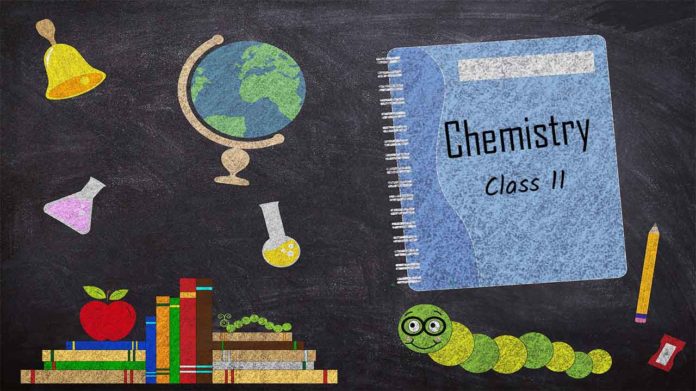
Environmental chemistry plays a major role in environment. Chemical species present in the environment are either naturally occurring or generated by human activities.
Environmental pollution is the effect of undesirable changes in our surroundings that have harmful effects on plants, animals and human beings.
Pollutant
A substance, which causes pollution, is known as pollutant. Pollutants can be solid, liquid or gaseous substances. Present in higher concentration, it can be produced due to human activities or natural happenings.
Atmospheric pollution
The atmosphere that surrounds the earth is not of the same thickness at different heights. Atmospheric pollution is generally studied as tropospheric and stratospheric pollution. The ozone layer prevents about 99.5%of the sun’s UV rays.
Atmospheric pollution is generally studied as
- Tropospheric pollution
- Stratospheric pollution.
Troposphere Pollution
Troposphere:
The lowest region of atmosphere, in which the human beings along with other organisms live, is called troposphere.
It extends to the height of about 10 km from the sea level. It contains air, water vapors, clouds etc. The pollution in this region is caused by some poisonous gases, smoke fumes, smog etc.
Tropospheric Pollution:
Pollution in this region is caused by the presence of undesirable gaseous particles like oxides of sulphur, nitrogen and carbon, hydrocarbons along with solid particles like dust, mist, fumes, smoke etc.
The following are the major gaseous and particulate pollutants present in the troposphere:
Gaseous air pollutants:
These are oxides of sulphur, nitrogen and carbon, hydrogen sulphide, hydrocarbons, ozone and other oxidants.
Particulate pollutants:
These are dust, mist, fumes, smoke, smog, etc.

